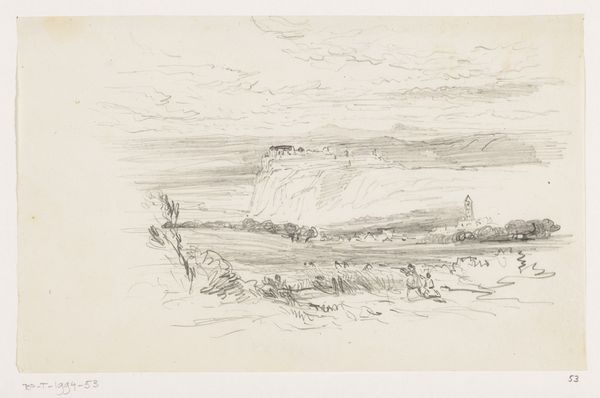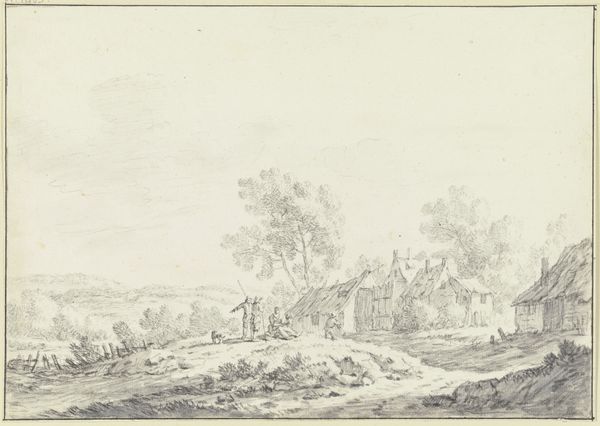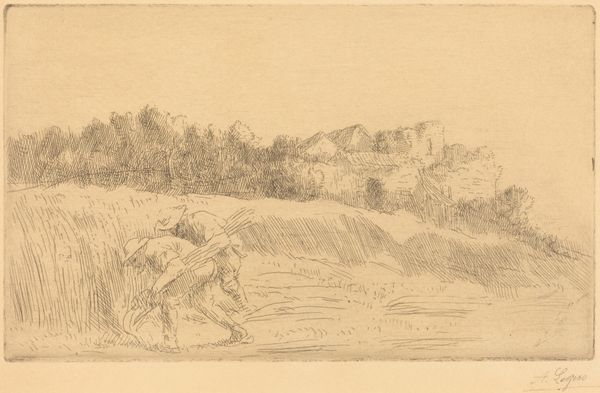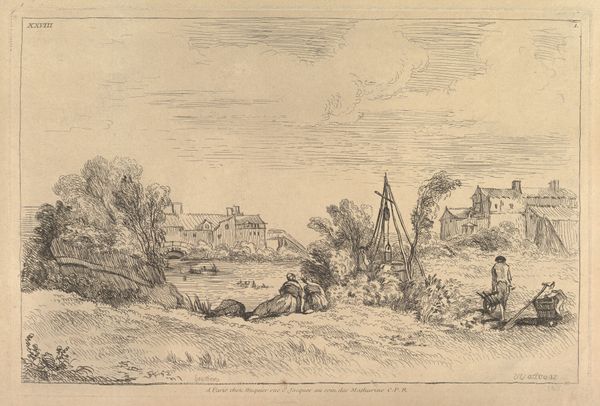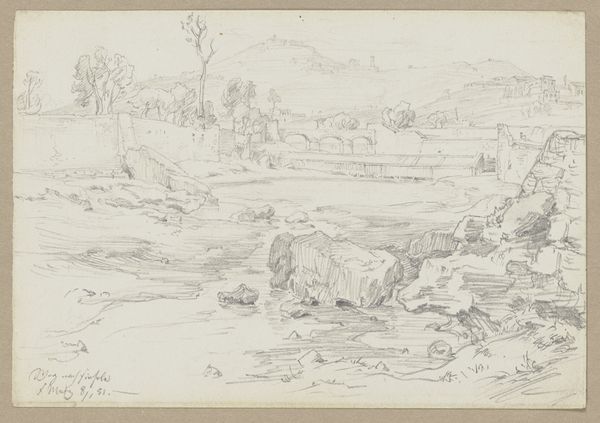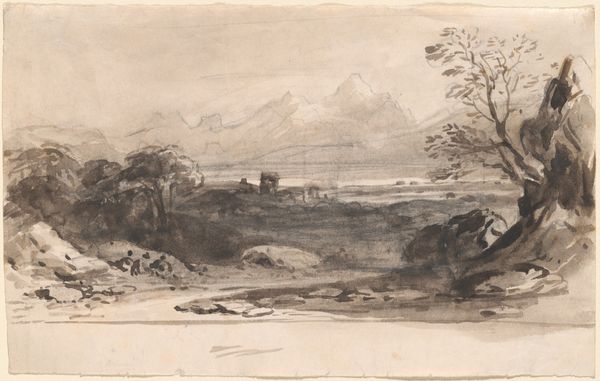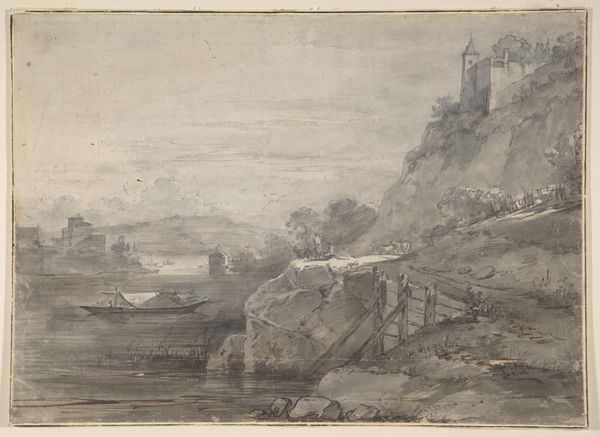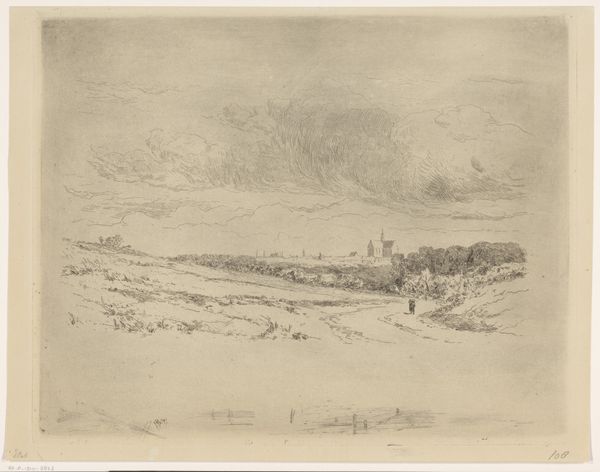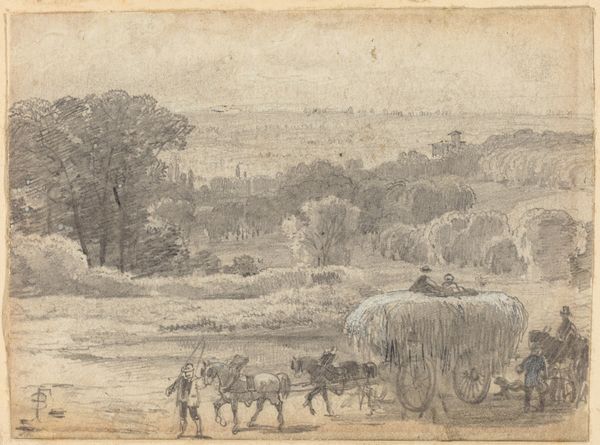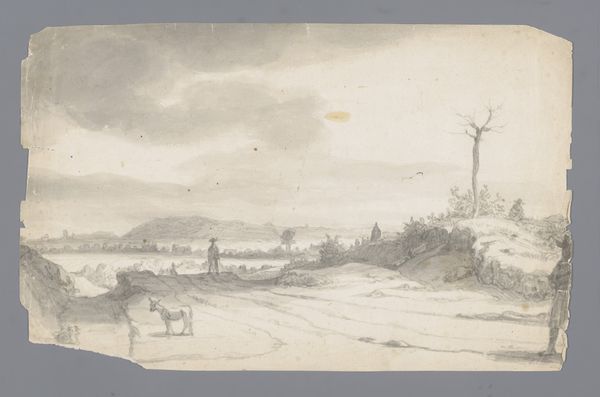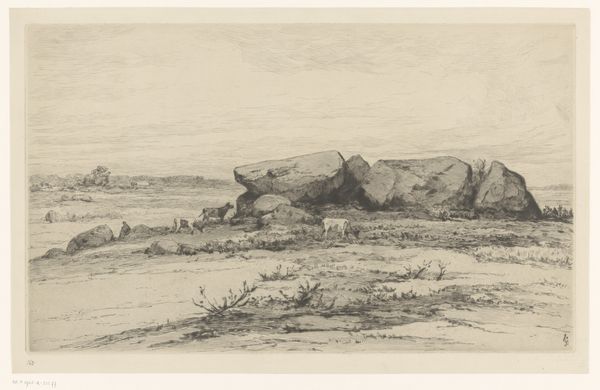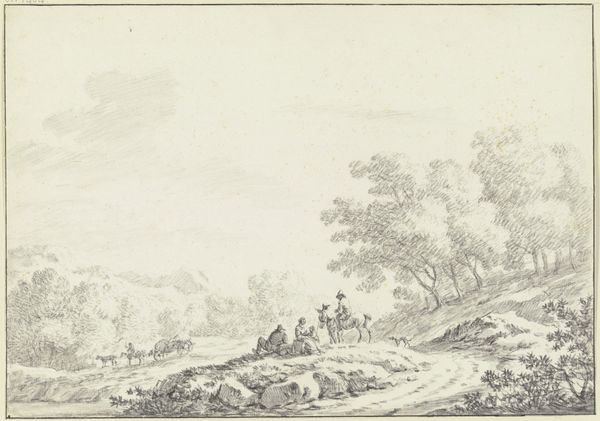
drawing, paper, pencil
#
drawing
#
16_19th-century
#
pencil sketch
#
landscape
#
paper
#
pencil
#
sketchbook drawing
#
realism
Copyright: Public Domain
Editor: So, this pencil drawing is called "Ein Ackerpferd vor dem Pflug", which I believe translates to "A Farm Horse Before the Plough." It’s by Friedrich Wilhelm Keyl and resides in the Städel Museum. I find the horse looks calm, yet burdened; its stance appears so still and patient despite the heavy task at hand. What's your interpretation of this scene? Curator: It is a powerful image when viewed through a socio-historical lens. We are observing more than just a horse and plough. It depicts a shift, specifically the agricultural practices of the 19th century and their impact on the laboring classes. Look at the sketch – the landscape seems vast, yet the horse is confined, bound to the plow. Editor: What's the significance of the horse appearing still within this expansive landscape? Curator: That contrast highlights the complex relationship between humans, animals, and land in the context of the industrial era. Keyl shows how rural communities are intimately involved with nature and also vulnerable to exploitation as they adapt to labor demands and socio-economic developments of their time. Consider the drawing's intended audience too. Was it meant to romanticize rural life, or critique the demands placed on both animals and laborers? Editor: That’s a fascinating perspective. It brings up questions about how art both reflects and shapes perceptions of labor and rural life. It gives another depth to the image. Curator: Precisely! It underscores how artistic choices can speak volumes about prevailing social and political ideologies of the period, prompting a dialogue between the art and the viewers.
Comments
No comments
Be the first to comment and join the conversation on the ultimate creative platform.
